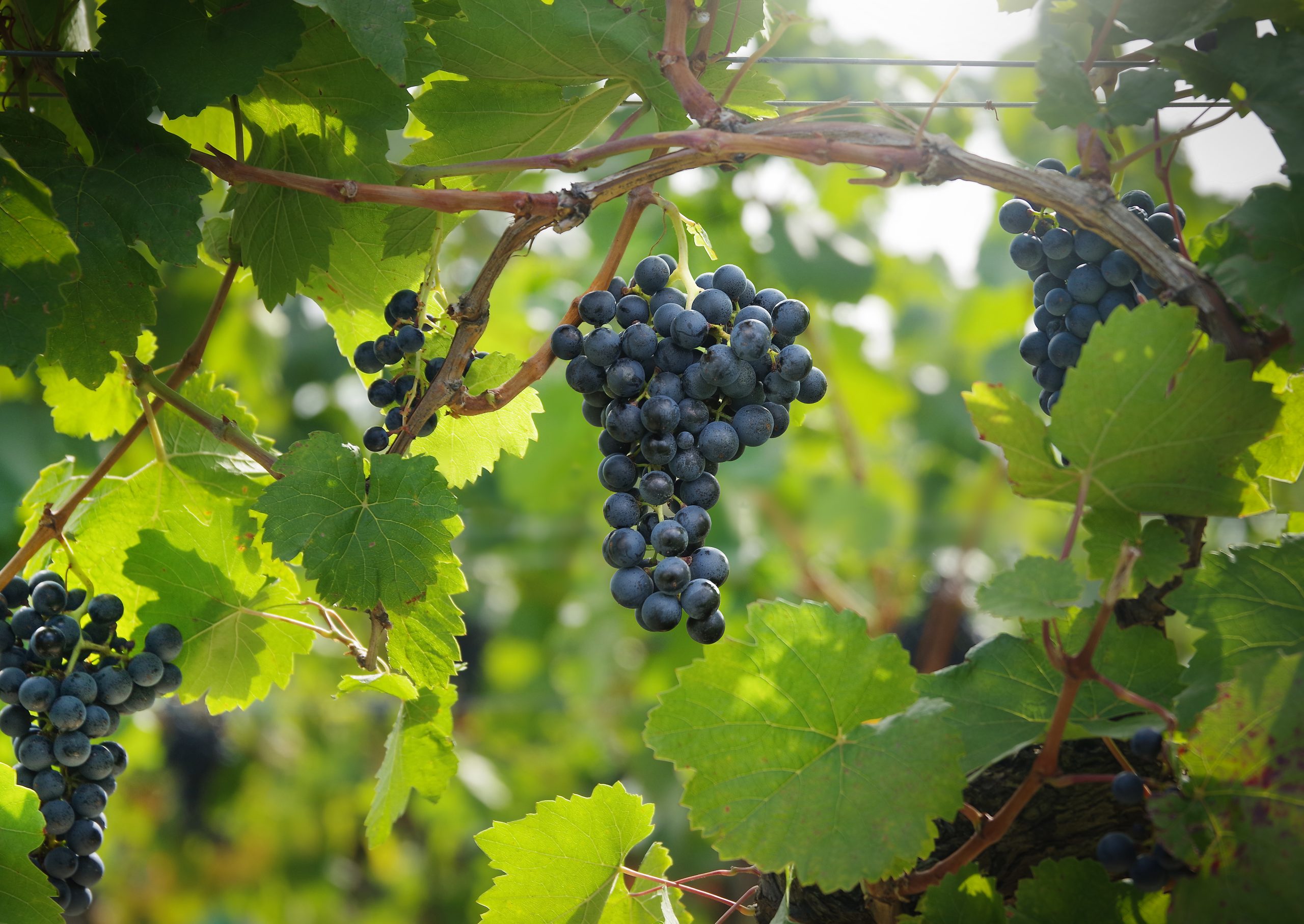Scientists claim Essex has the UK’s best terroir for wine
England’s most notable wineries may be scattered across the country right now, but new research claims that Essex has Britain’s best terroir.
Scientists at the University of East Anglia have identified areas of the UK which could rival the Champagne region of France.
Climate and viticulture experts have identified nearly 35,000 hectares of prime viticultural land for new and expanding vineyards — much of it in Kent, Sussex and East Anglia — but Dr Alistair Nesbitt, the lead author of the research paper, said that the climate and soils that really stood out were found in places where “relatively few vineyards currently exist, such as in Essex and Suffolk.”
Nesbitt said these counties are better for grape growing because they are “drier, warmer and more stable year-to-year than some more established vineyard locations.”
The study found that areas with ground elevated to between 100 metres and 150 metres above sea level, south-facing slopes, low summer rainfall and an average soil pH of 5.5-8, made for ideal vineyard conditions.
The research also showed that many of the UK’s more established vineyards are poorly located.
Steve Dorling, from UEA’s School of Environmental Sciences, said: “English and Welsh vineyards are booming, and their wine is winning international acclaim.
“This summer’s heatwave has led to a record grape harvest and a vintage year for English and Welsh wine, prompting great interest in investment and land opportunities”
Lucy Winward, who works for New Hall Vineyards in Chelmsford, Essex, told the drinks business there is more to the county’s terroir than initially meets the eye. New Hall, along with a neighbouring estate, benefits from a unique microclimate aided by a combination of low rainfall, a temperate growing season and ideal growing degree days (a calculation used by crop producers that is a measure of heat accumulation) tempered by the neighbouring River Crouch and Blackwater.”
Although the commercial winemaking industry in Essex is still small, it is older than many UK counties’. New Hall was founded by farmer Bill Greenwood in 1969, and vines have been planted in the area as early as the 12th Century, when priests would produce their own wine for communion.
Partner Content
While New Hall has produced wine for half a century, the researchers pointed out that conditions have only really been perfect in Essex since 1981, and are a result of rising average temperatures experienced globally.
Richard Balfour-Lynn, who owns Hush Heath estate in Kent, was less convinced by the study, pointing out that Taittinger chose his native county to plant their own vines in 2016.
“I’m sure the university of Kent would have rather different results,” he told the drinks business.
“Taittinger chose Kent specifically for its chalk soils which make it ideal for sparkling wine.”
The research comes as the UK’s wine industry has started to pick up pace both in the UK and overseas. Denbies Wine Estate in Dorking announced it has raised £4 million in funding this week to create a ‘vineyard hotel’ and significantly increase its sparkling production by the end of 2019. In fact, overall production of English sparkling wine is expected to double within the next decade.
“Entering into viticulture and wine production in England and Wales isn’t for the faint hearted – the investment required is high and risks are significant,” Nesbitt said.
“But as climate change drives warmer growing season temperatures in England and Wales, this new viticulture suitability model allows, for the first time, an objective and informed rapid assessment of land at local, regional and national scales.”




